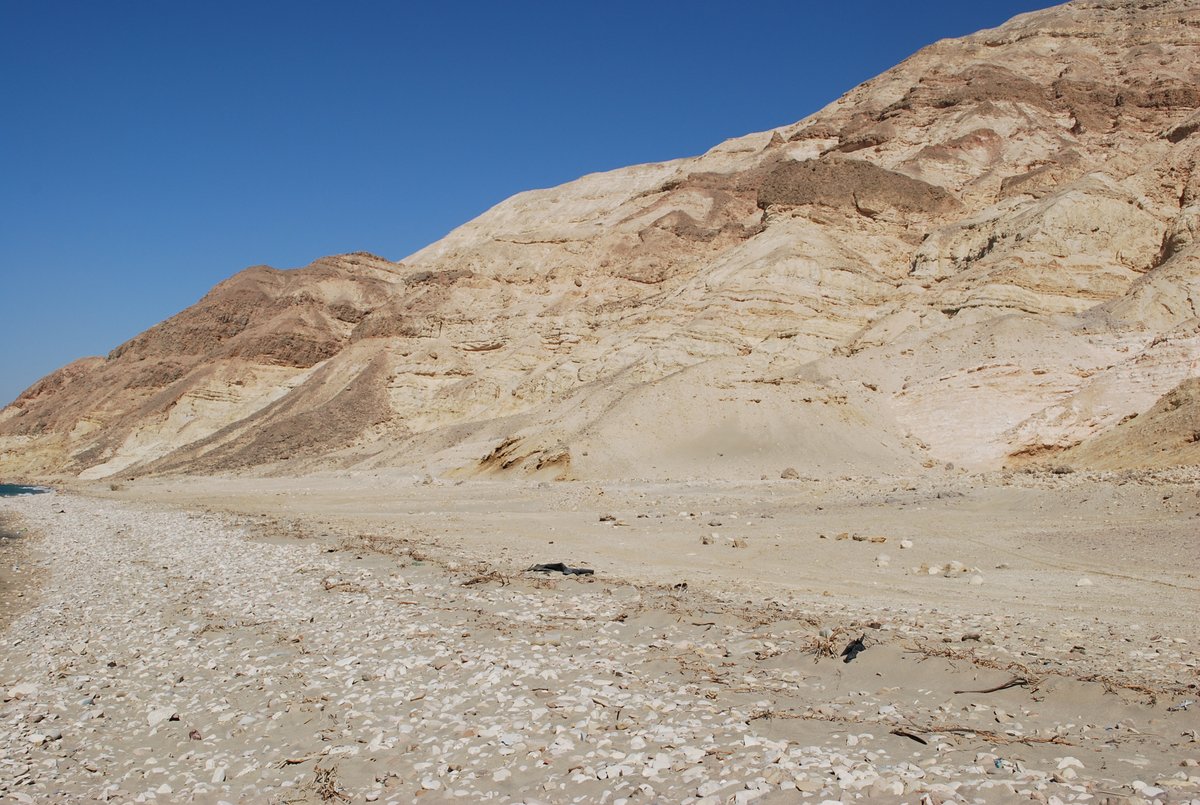
Processes governing dolomitisation
Dolomitization is known to require a supply of reactive, aqueous fluid, enriched in Mg, and it is facilitated by an increase in temperature. However, the specific processes by which dolomitization occurs – and the size, texture and rock physical properties of the resultant dolostone body – are still not well understood.Over the last 10 years, studies at the University of Manchester have focused upon describing the distribution, shape, size and location of dolomitization. Our work has shown that seawater can dolomitize large volumes of limestone on carbonate platforms, even when salinity is only slightly higher than normal (e.g. Newport et al., 2017 and in prep). We have also demonstrated that convection of seawater along faults can create discrete dolostone bodies that might previously been interpreted as being formed by the upward convection of basinal brines (Hollis et al., 2017, GeologyPublications).

So-called hydrothermal dolomite has for many years been interpreted to form from the flux of deep seated saline brines up faults and into a formation along permeable layers to create a co-genetic massive and stratabound dolostone body. Careful fieldwork and accompanying petrographical and geochemical analysis has called that model into question and shown that fault-controlled dolostone might post-date, and overprint, stratabound dolostone (Hollis et al., 2017; Hirani et al., 2018a and bPublications). We are also evaluating the controls on the termination of dolostone bodies, since the contact between dolostone bodies and limestone provide an archive of ancient reaction fronts (Koeshidayatullah, 2019Current Graduate Students). The morphology of these reaction fronts has been classified and related to permeability barriers, kinetic and thermodynamic processes. This work has also shown that the dolostone-limestone contact can back-step in time, as porosity is occluded, contrary to the perception that dolostone bodies grow in size with successive fluxes of reactive fluids.
